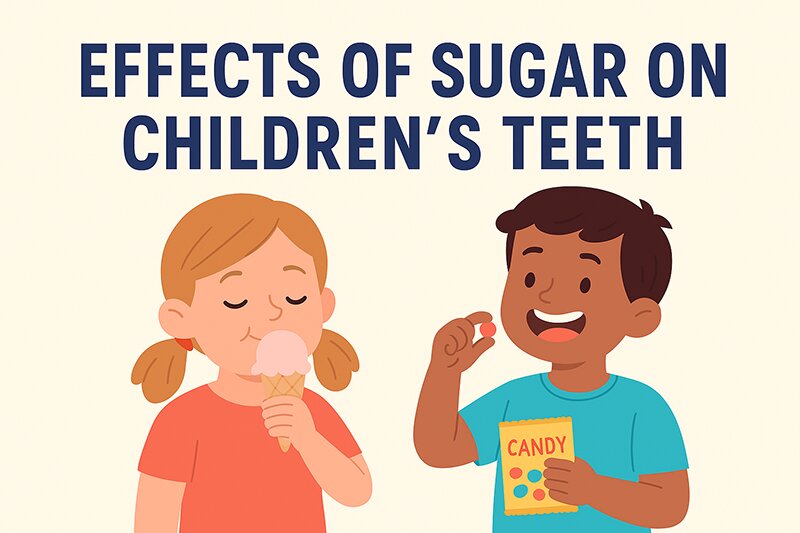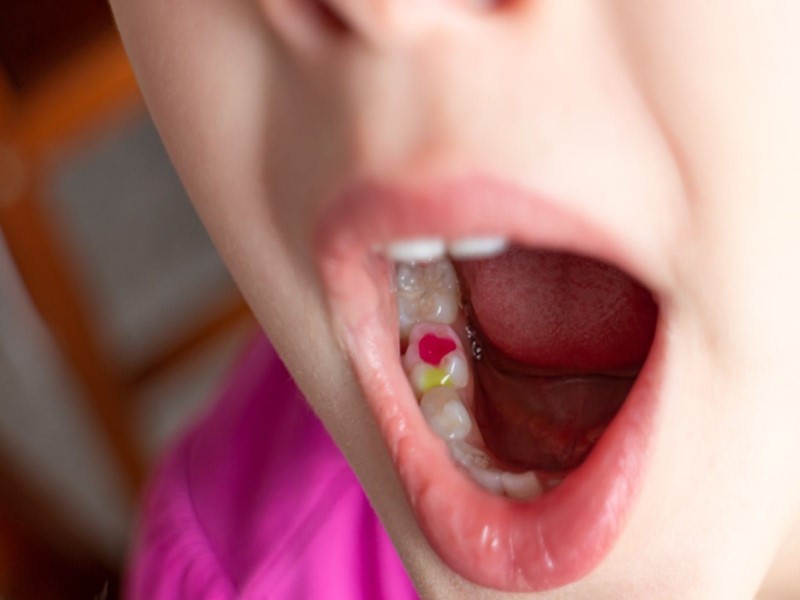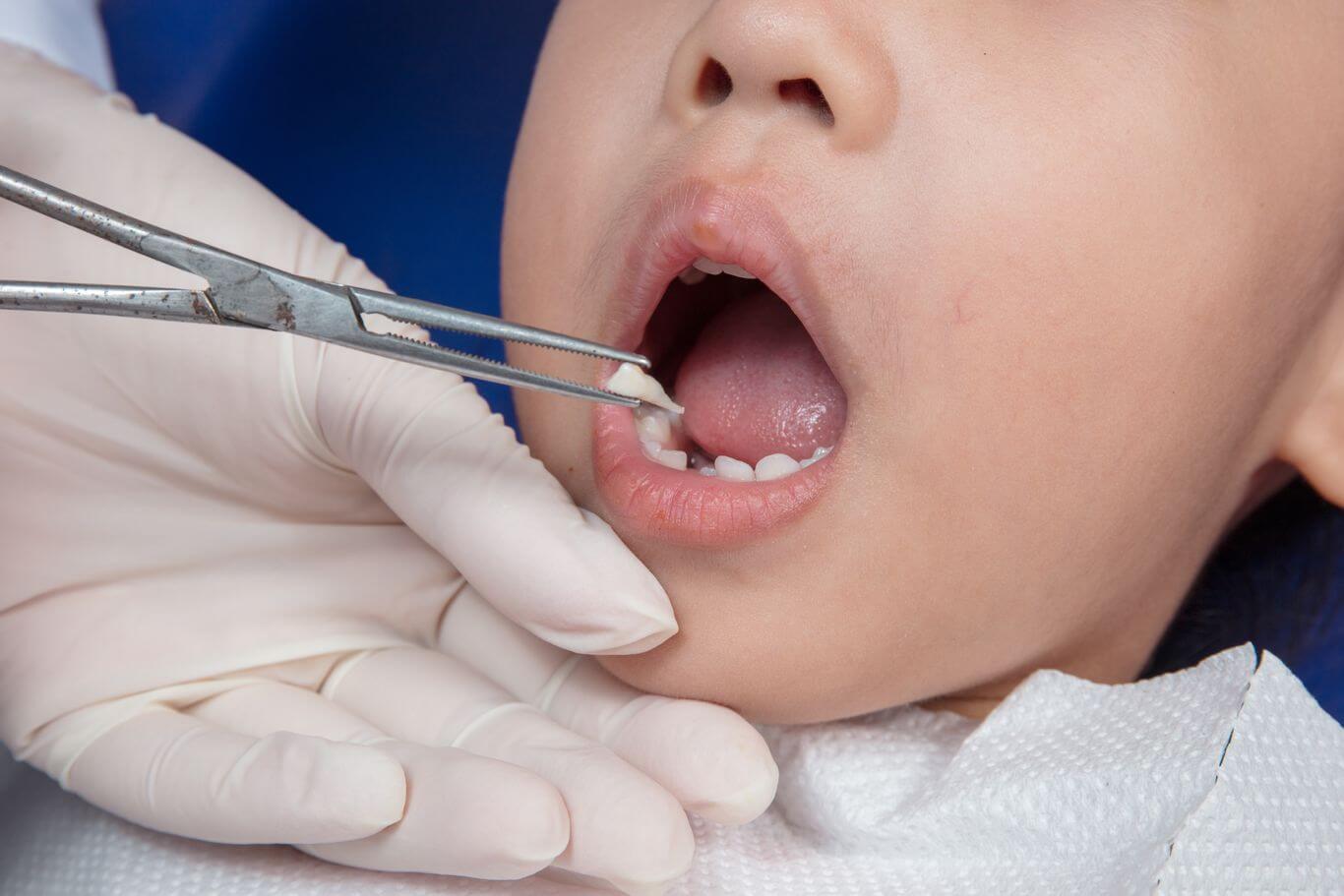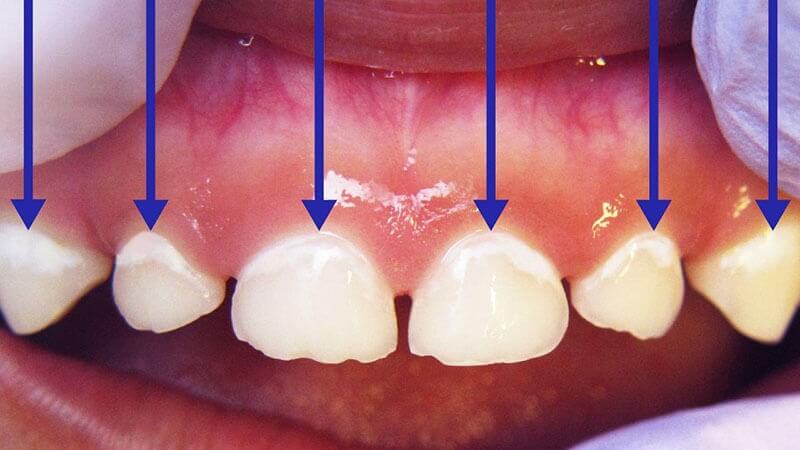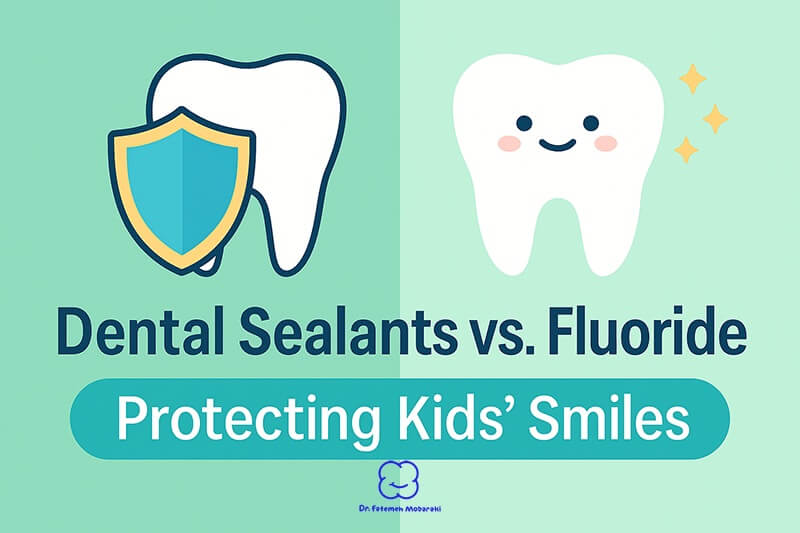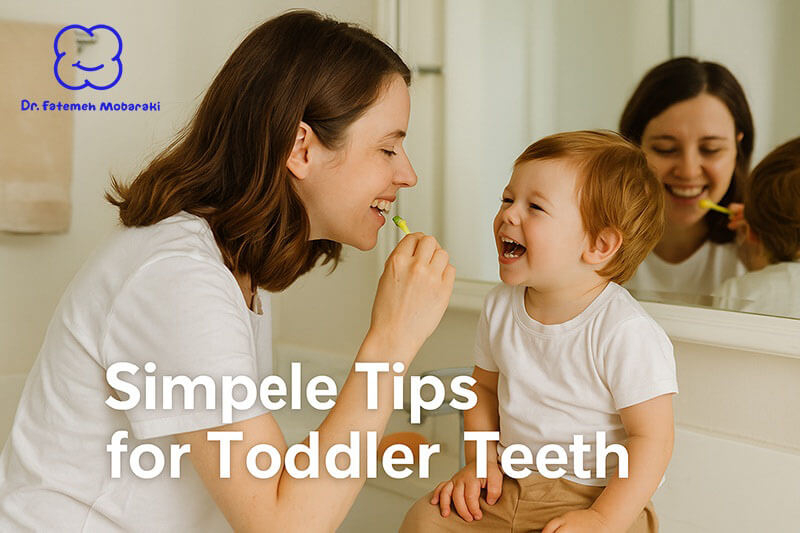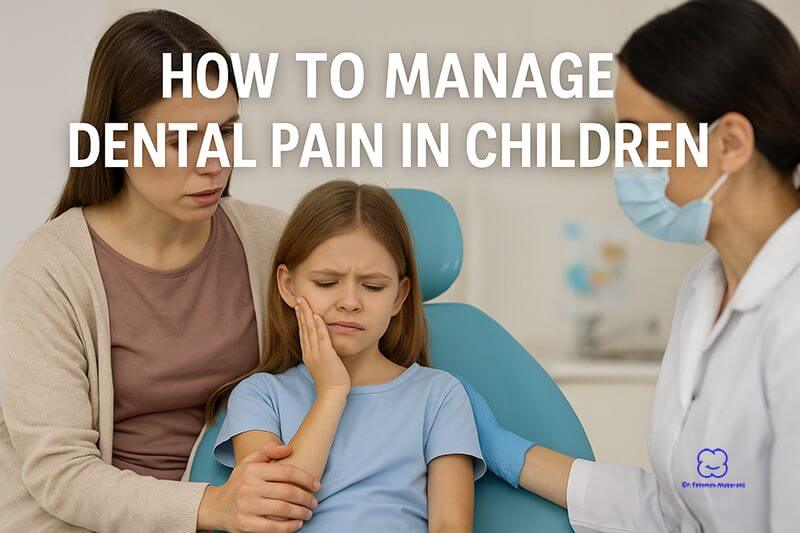As parents, ensuring the best dental health for your child is always a priority. If your child is experiencing persistent tooth pain or infection, you may be wondering about Pulpectomy in children and how it can help preserve primary teeth. In this guide, we will cover everything you need to know about Pulpectomy in kids, including when it is needed, the procedure, recovery, and costs. At our pediatric dental clinic in Dubai, we offer specialized treatments to ensure your child’s smile remains healthy.
What is Pulpectomy in Children?
Pulpectomy is a dental procedure performed on children to remove infected pulp tissue from a tooth’s inner chamber and root canals. It is similar to a root canal but is specifically designed for pulpectomy in primary teeth. The goal of the procedure is to preserve the natural tooth structure until the permanent teeth erupt, preventing premature tooth loss that could impact speech and chewing.
When is a Pulpectomy Needed?
Pulpectomy is necessary when a child’s tooth is severely infected or decayed, reaching the pulp inside. The common signs indicating that your child may need this treatment include:
- Persistent tooth pain
- Sensitivity to hot or cold foods
- Swelling or redness around the affected tooth
- Pus formation or abscess near the gum
- Difficulty in chewing or biting
If left untreated, the infection can spread, affecting adjacent teeth and causing complications in permanent tooth development.
Pulpectomy vs. Root Canal
Many parents wonder about the difference between a pulpectomy in kids and a root canal. While both involve the removal of infected pulp, pulpectomy is performed on primary teeth, while root canal treatments are for permanent teeth. Additionally, pulpectomy uses resorbable materials, allowing natural tooth shedding.
For a more detailed comparison, check out our in-depth article on Pulpectomy vs. Root Canal Treatment for Children.
The Pulpectomy Procedure
The pulpectomy process is typically completed in one or two visits, and involves the following steps:
- Examination and Diagnosis – The dentist will assess the tooth using X-rays to determine the extent of the infection.
- Local Anesthesia – The child’s tooth and surrounding area are numbed to ensure a painless experience.
- Pulp Removal – The dentist drills into the tooth and removes the infected pulp from the crown and root canals.
- Cleaning and Disinfection – The canals are thoroughly cleaned to eliminate bacteria and prevent reinfection.
- Filling the Canals – A biocompatible material is used to fill the canals, preserving the tooth structure.
- Final Restoration – A stainless steel or tooth-colored dental crown is placed to protect the tooth and restore function.
Anesthesia for a Pulpectomy
To keep your child comfortable, general anesthesia or sedation may be recommended, especially if they experience dental anxiety or need multiple procedures. Discussing anesthesia options with a pediatric dentist ensures a safe and stress-free experience.
Types of Anesthesia
There are different types of anesthesia that may be used for a pulpectomy, depending on the child’s needs:
- Local Anesthesia: This numbs only the affected tooth and surrounding area, allowing the child to remain awake but pain-free during the procedure.
- Nitrous Oxide (Laughing Gas): A mild sedative that helps children relax while remaining conscious.
- Oral Sedation: Administered as a liquid or pill, this helps reduce anxiety while keeping the child responsive.
- IV Sedation: Delivered through a vein, this provides a deeper level of relaxation, often used for anxious children.
- General Anesthesia: Used for extensive procedures or very young children, this ensures the child is completely asleep and unaware of the procedure.
The choice of anesthesia depends on factors such as the child’s age, anxiety level, and the complexity of the procedure. Your pediatric dentist will discuss the best option for your child’s comfort and safety.
For a detailed breakdown of pediatric sedation options, check out this guide from the American Society of Anesthesiologists.
Pulpectomy Recovery
After the procedure, your child may experience mild discomfort or sensitivity, which usually subsides within a few days. Swelling or mild inflammation around the treated tooth is common but should gradually improve. Some children may experience slight bleeding, which can be managed by applying gentle pressure with a clean gauze pad.
It is important to ensure that your child follows post-procedure care instructions carefully. To ensure a smooth recovery:
- Encourage soft foods for a day or two.
- Avoid sticky or hard foods that might disturb the treated tooth.
- Maintain good oral hygiene by gently brushing around the treated area.
- Use prescribed pain relievers if needed.
If swelling or severe pain persists, consult your dentist immediately. Additionally, encourage your child to avoid using a straw for drinking, as the suction motion can dislodge the healing area. Rinsing with warm salt water can also aid in reducing inflammation and keeping the mouth clean.
Dr. Mobaraki emphasizes the importance of post-procedure care:
“Ensuring proper aftercare, such as maintaining good oral hygiene and following dietary guidelines, is crucial for a smooth recovery and preventing further dental issues.”
What to Feed Your Child After a Pulpectomy
After the procedure, it’s best to offer soft, easy-to-eat foods that won’t irritate the treated tooth. Proper nutrition aids in the healing process and ensures comfort for your child during recovery. Good options include:
- Mashed potatoes – Soft and easy to chew, providing energy and comfort.
- Yogurt – A great source of calcium and probiotics, which aid in digestion and overall health.
- Applesauce – A nutritious fruit option that is gentle on the teeth.
- Smoothies – Blended fruits, vegetables, and dairy can provide essential vitamins without requiring chewing.
- Scrambled eggs – A protein-rich meal that is soft and easy to eat.
- Oatmeal – A warm, soft meal that provides fiber and energy without irritating the treated area.
- Soup (warm, not hot) – A nourishing option that can include blended vegetables and proteins to aid in healing.
Tips for Feeding Your Child After a Pulpectomy
- Ensure that food is lukewarm or cold, as hot foods can cause discomfort.
- Avoid giving your child spicy, acidic, or hard foods that could irritate the treated area.
- Keep your child hydrated with water, milk, or mild herbal teas while avoiding sugary drinks and carbonated beverages.
- Encourage small bites and slow chewing to prevent strain on the treated tooth.
Avoid hot, crunchy, or sticky foods that may cause discomfort or dislodge the filling. As your child heals, gradually reintroduce a normal diet while monitoring for any signs of pain or sensitivity.
Pulpectomy vs. Tooth Extraction
Parents often ask whether it’s better to extract the infected tooth instead of performing a pulpectomy. While extraction may seem like a simpler solution, losing a primary tooth prematurely can lead to:
- Misalignment of permanent teeth
- Difficulty in chewing
- Speech development issues
A pulpectomy is generally the preferred choice when the tooth can be saved, ensuring proper oral development.
Can a Pulpectomy Be Avoided?
Yes, in many cases, pulpectomy can be prevented with proper kid’s oral hygiene and regular dental visits. Preventive measures include:
- Regular dental check-ups to identify cavities early.
- Daily brushing with fluoride toothpaste.
- Limiting sugary snacks and drinks to prevent decay.
- Professional fluoride treatments and dental sealants for extra protection.
Preventing Dental Infections in Children
Dental infections in children can often be prevented with a proactive approach to oral health care. Since primary teeth play a crucial role in speech development, proper chewing, and guiding permanent teeth into place, keeping them healthy is essential. Establishing strong oral hygiene habits from an early age can significantly reduce the risk of severe decay that may lead to procedures like pulpectomy.
Essential Preventive Measures
- Regular Dental Check-ups: Visiting a pediatric dentist every six months allows for early detection of cavities and other dental issues before they worsen.
- Daily Brushing and Flossing: Encouraging children to brush twice daily with fluoride toothpaste and floss regularly helps remove plaque and prevent decay.
- Fluoride Treatments: Fluoride strengthens enamel, making teeth more resistant to decay. Your child’s dentist may recommend professional fluoride applications.
- Dental Sealants: These protective coatings are applied to the chewing surfaces of molars to prevent bacteria from settling into the grooves and causing decay.
- Balanced Diet: A diet rich in calcium, phosphorus, and vitamins helps support strong teeth. Limiting sugary snacks and acidic beverages minimizes the risk of cavities.
- Hydration: Drinking water throughout the day helps wash away food particles and bacteria, promoting a clean oral environment.
Encouraging Good Oral Habits at Home
Parents play a key role in fostering good dental habits in children. Some effective strategies include:
- Making brushing and flossing a fun and rewarding routine.
- Using age-appropriate toothbrushes and flavored toothpaste to make the experience enjoyable.
- Supervising younger children to ensure they brush correctly and for at least two minutes.
- Teaching kids about the importance of oral health through engaging educational materials and apps.
By following these preventive steps, parents can help their children maintain healthy teeth and avoid serious dental issues that require extensive treatments like pulpectomy. If you have concerns about your child’s oral health, scheduling a consultation with a pediatric dentist is the best step toward prevention and long-term dental well-being.
To reduce the risk of severe tooth decay leading to a pulpectomy:
- Schedule regular check-ups and cleanings.
- Ensure your child brushes and flosses daily.
- Use fluoride treatments for added protection.
- Address minor cavities with tooth fillings for children before they worsen.
Pulpectomy Cost in Dubai
The cost of Pulpectomy in Dubai varies depending on the clinic, the severity of the infection, and whether a dental crown is needed. On average, parents can expect to pay between AED 600 to AED 1,500 per tooth. At our pediatric dental clinic in Dubai, located in Jumeirah and Mirdif, we provide high-quality, affordable care to help children maintain a healthy smile. Our team also offers regular dental check-ups and tooth fillings for children to prevent the need for more extensive procedures like Pulpectomy. On average, parents can expect to pay between AED 600 to AED 1,500 per tooth. At our pediatric dental clinic, we provide affordable, high-quality care tailored to your child’s needs.
How We Can Help
At Dr. Fatemeh Mobaraki’s pediatric dental clinic in Dubai, we specialize in children’s oral care, offering a range of services including emergency dental care for children, dental crowns for children, and tooth fillings for children to help prevent cavities before they require Pulpectomy. Our experienced team ensures a stress-free and friendly environment, helping kids feel comfortable during every visit.
Dr. Mobaraki reassures parents:
“Our goal is to make every dental visit a positive experience for children. By using gentle techniques and child-friendly sedation, we ensure a comfortable and stress-free environment for young patients.”
Conclusion
Pulpectomy is a highly effective procedure for saving primary teeth affected by severe decay or infection. If your child is showing signs of tooth decay, early intervention through regular dental check-ups can help prevent the need for more invasive treatments like Pulpectomy in kids.
Schedule an Appointment Today!
For expert pediatric dental care in Dubai, book an appointment at Dr. Fatemeh Mobaraki’s clinic today! Our team is ready to provide comprehensive oral care for your child. Understanding its benefits, recovery, and cost can help parents make informed decisions about their child’s dental health. If you suspect your child may need a pulpectomy, don’t hesitate to book a consultation with our expert team in Dubai.
FAQs
1. Is pulpectomy painful for children?
No, the procedure is performed under local anesthesia or sedation, ensuring a painless experience.
2. How long does a pulpectomy take?
A pulpectomy typically takes 45 minutes to an hour per tooth, depending on the severity of the infection.
3. Can a baby tooth be saved without pulpectomy?
If caught early, minor cavities can be treated with tooth fillings for children, preventing the need for a pulpectomy.
4. Is pulpectomy safe for kids?
Yes, pulpectomy is a routine pediatric dental procedure with a high success rate when performed by an experienced dentist.


